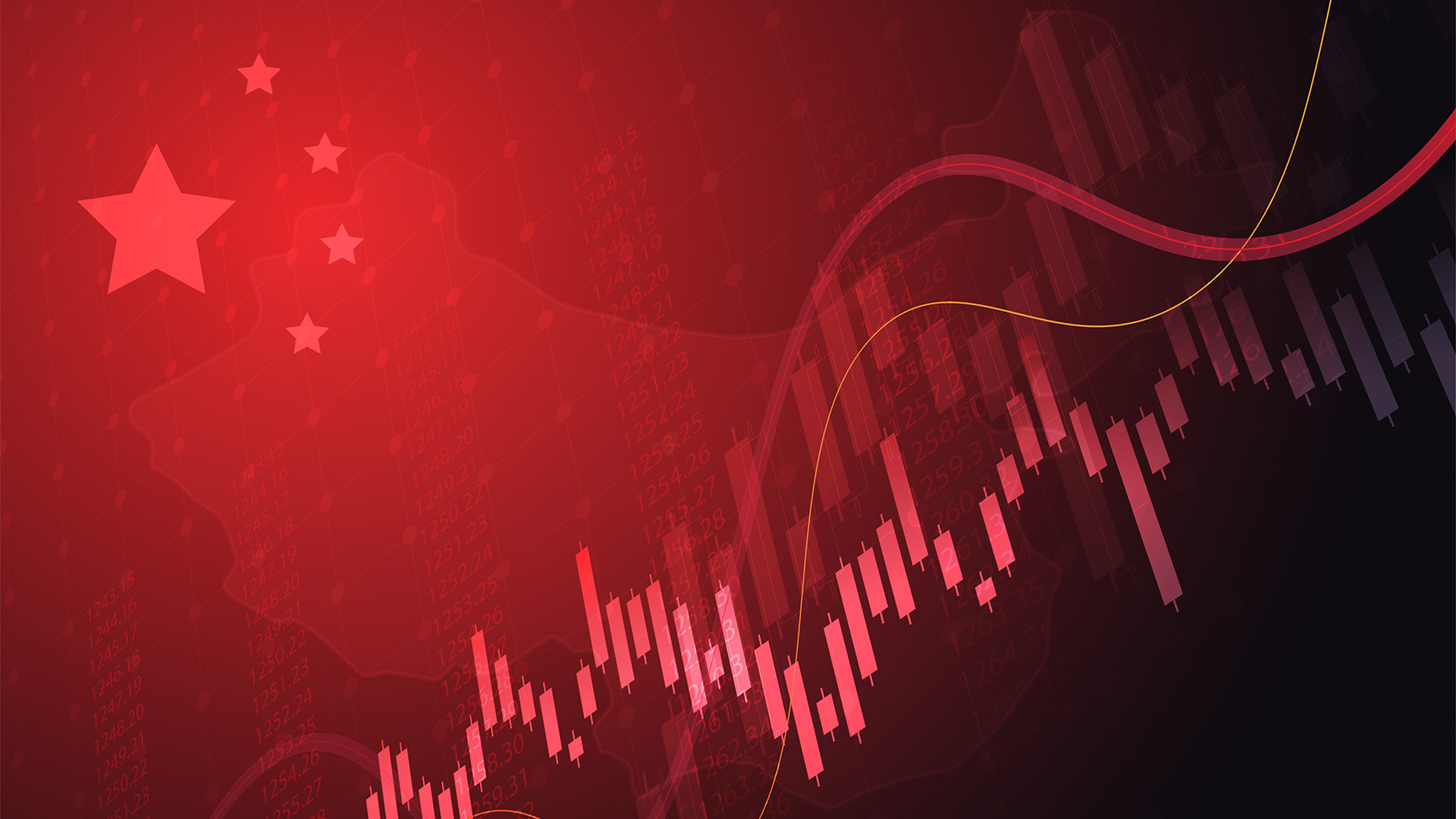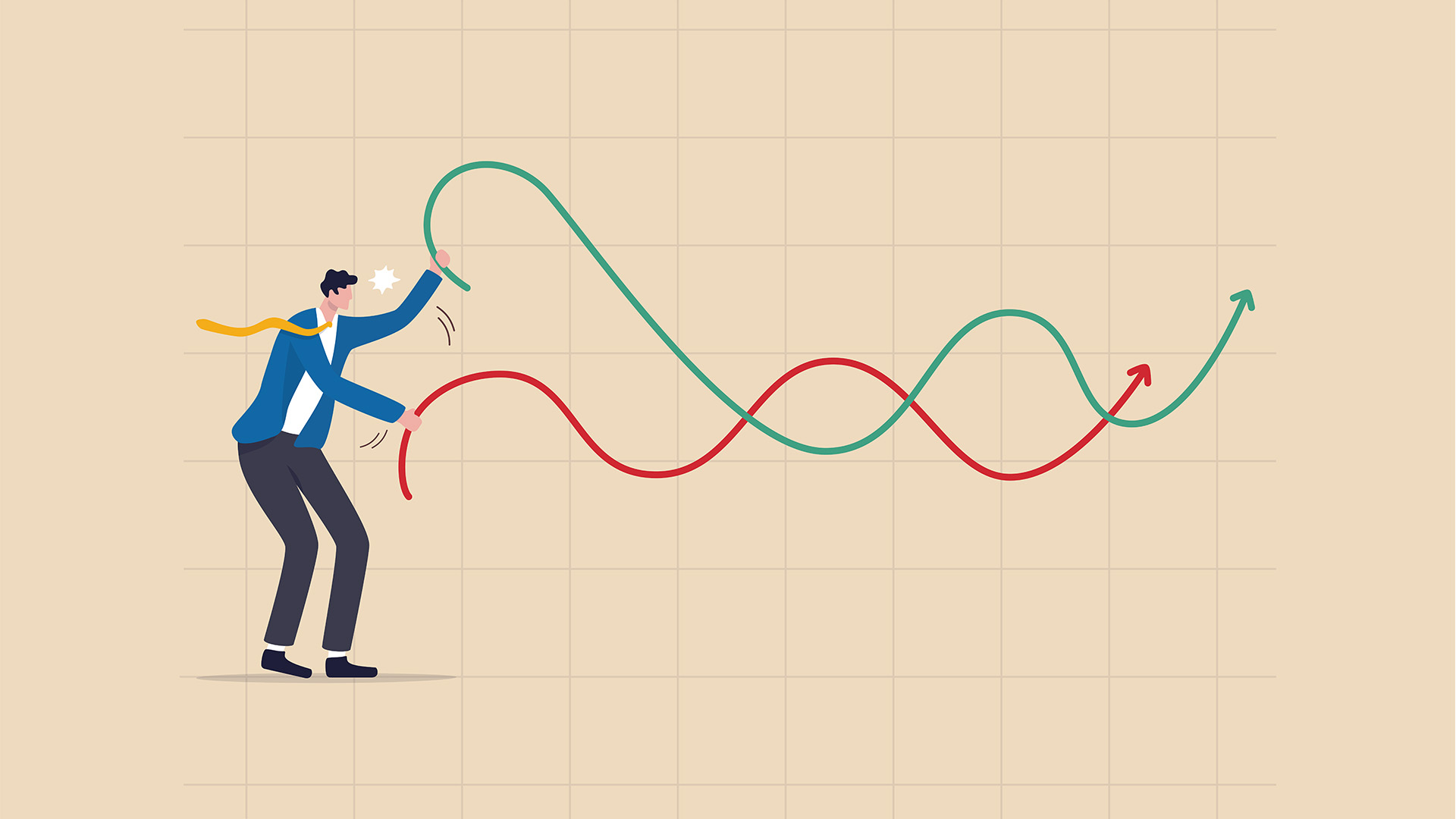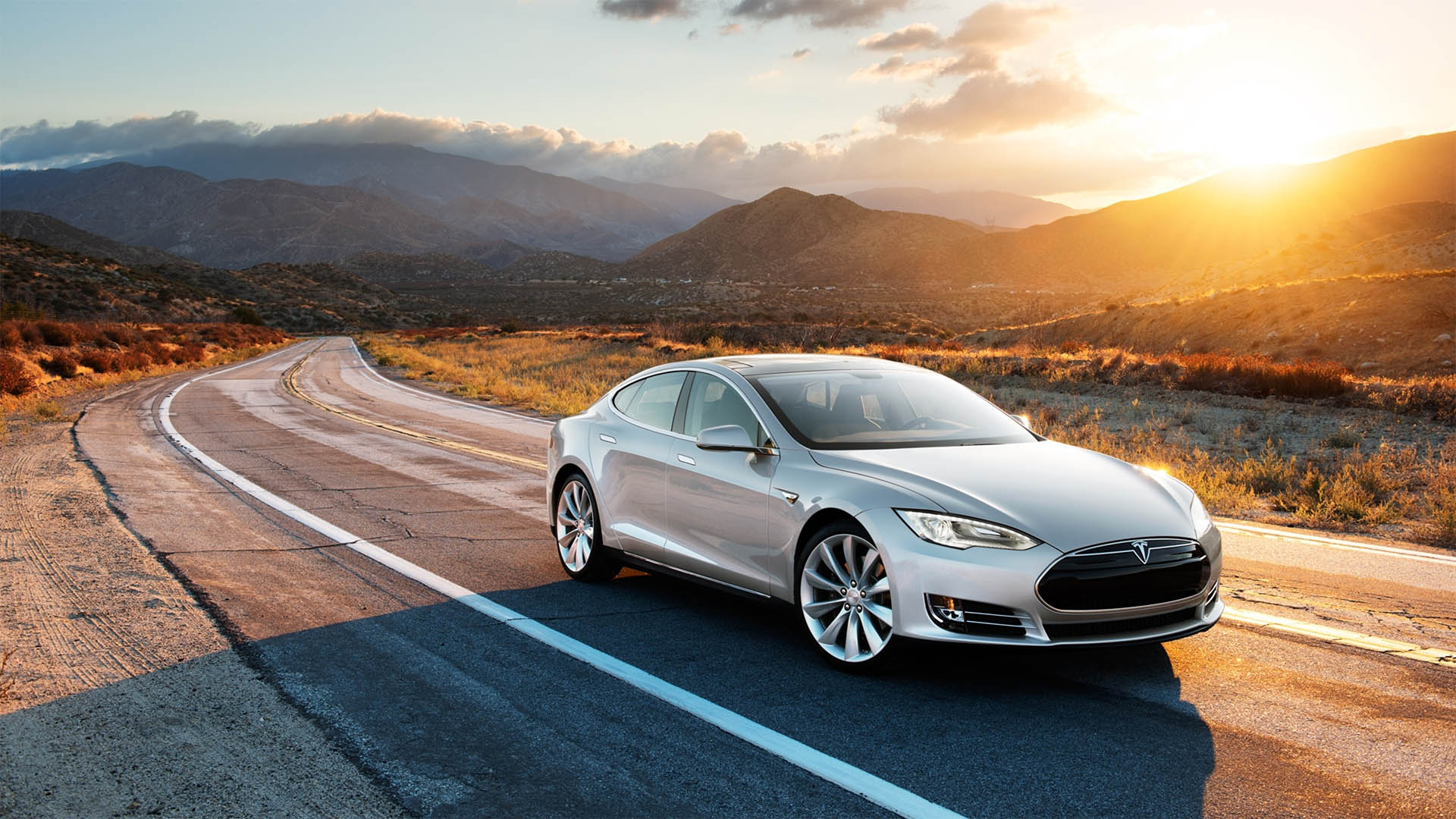If the September quarter’s 0.4% rise in GDP is a ‘gentle turning point’ as suggested by the Reserve Bank and governor Philip Lowe, then the economy got lost somewhere in the three months to September 30.
The 0.4% rise was the lowest this year after a 0.6% rise in the three months to June (upgraded from 0.5% originally) and the 0.5% rise in the March quarter (0.4% originally).
Those upgrades saw annual growth come in at 1.7% instead of 1.5%, according to Wednesday’s national accounts from the Australian Bureau of Statistics.
Analysts say it is a weak outcome and GDP growth depends as much on revisions to old data as it does with current data, the economy is very weak, especially among households and individual consumers.
The trade account and government spending supported the weak level of growth
“Net exports contributed 0.2 percentage points to growth this quarter. Domestic final demand remained subdued contributing 0.2 percentage points,” ABS chief economist Bruce Hockman said. “Government spending was the main contributor to growth in domestic final demand, reflecting ongoing delivery of services in disability, health and aged care.”
Household expenditure – the largest part of the economy – grew by just 0.1%, driven by what the ABS said was “weakness in spending on discretionary goods and services.” And a 9.8% slump in car sales in the month of November after a fall in October tells us that household spending hasn’t improved. In fact, spending on discretionary goods and services fell 0.3%, which the lack of any growth in retail sales in the quarter and falls in car sales confirms.
Along with sluggish wage growth, the ABS said households saved a greater proportion of their disposable income with the household savings ratio lifting to 4.8%.
“The reduction to tax payable did not translate to a rise in discretionary spending, which led to a visible impact to household saving,” Mr Hockman said in reference to the tax refunds that the Morrison Government and the RBA thought would boost third quarter consumer spending. It hasn’t and it didn’t.
The weak GDP data came after the Reserve Bank opted to keep the cash rate on hold at a record low 0.75% at the last monetary policy meeting for the year on Tuesday.
Economists suggested prior to the release of the data that a consensus growth result would mirror the RBA’s sentiment the economy had reached a “gentle turning point” after growth bottomed out during the previous quarter.
But it didn’t and it was once again the mining sector that drove growth. The boomlet in iron ore prices peaked in the September quarter with a peak of around $US125 a tonne in early July and an average above $US90 a tonne.
Net exports contributed 0.2 percentage points to growth this quarter, thanks to the high iron ore price and solid volumes for most commodities. But that was down from the 0.6 percentage point contribution in the three months to June.
The mining sector grew by 0.7 percent over the three months on strong for demand for iron ore, while coal production increased following maintenance in the previous quarter.
The mining industry grew 7.4% through the year.
Government spending was up 0.9% and was the main contributor to growth in domestic final demand, reflecting ongoing delivery of services in disability, health, and aged care as well as spending on infrastructure at state level, especially in NSW and Victoria.
Chief Economist at the AMP, Shane Oliver said the weak GDP report suggest that domestic demand is weaker than the RBA and government believes.
“The weakness in Australian GDP growth, particularly in the private sector, means that it will be difficult to reduce spare capacity, lift inflation and reduce the unemployment rate,” he wrote in a report yesterday afternoon.
“In this environment we expect to see another two interest rate cuts from the RBA taking the cash rate to 0.25% by March next year and the start of quantitative easing.
“The improvement in the government budget position means that there is room to do more tax stimulus and infrastructure spending but the economy may need to slow more before the government acts,” he wrote yesterday.,
“To achieve the RBA’s growth forecast of 2.3% for the year to December this year implies that we need 0.8% growth in the current quarter which is unlikely, suggesting that more downgrades to RBA growth forecasts lie ahead,” Dr Oliver said yesterday.
In another commentary, the National Australia Bank’s chief economist, Alan Oster said the weak figures had seen his bank now forecast two more rate cuts next year instead of the previous forecast for one cut.
“The RBA’s forecast of a return to above-trend growth, driven by a recovery in household consumption and stabilisation in dwelling investment is challenged by these figures, particularly when consumption barely grew in the quarter.
“Also, there appears to be significant downside risk to the Bank’s optimistic outlook for business investment based given investment fell again in the quarter and with ongoing weakness in the NAB business survey. While public spending and exports have underpinned the increase in GDP, this is unlikely to lead to ongoing strong growth in employment.
“The unemployment rate unlikely to fall further and it is likely that the RBA will need to ease policy further to boost employment and reduce unemployment; we have changed our rate call to include a further cut to 0.25% by June 2020, with the prospect of a move to QE in H2 2020 should the data play out weaker than we forecast,” Mr. Oster said in yesterday’s report on the national accounts.












